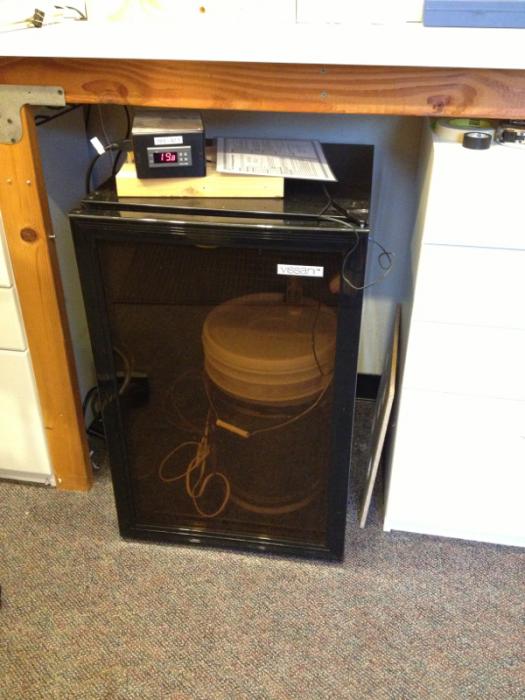Light
Strong, direct sunlight or incandescent light can adversely react with phenolic compounds in wine and create potential wine faults. Delicate, light-bodied white wines run the greatest risk from light exposure and are often packaged in darkly tinted wine bottles that offer some protection from the light.
So, it seems the dark bottles offer most of the protection with maybe some of the glass also offering up some protection. So, since I still am not convinced, I'll leave mine covered with clear fermenters and uncovered with buckets!



























![Craft A Brew - Safale S-04 Dry Yeast - Fermentis - English Ale Dry Yeast - For English and American Ales and Hard Apple Ciders - Ingredients for Home Brewing - Beer Making Supplies - [1 Pack]](https://m.media-amazon.com/images/I/41fVGNh6JfL._SL500_.jpg)





























